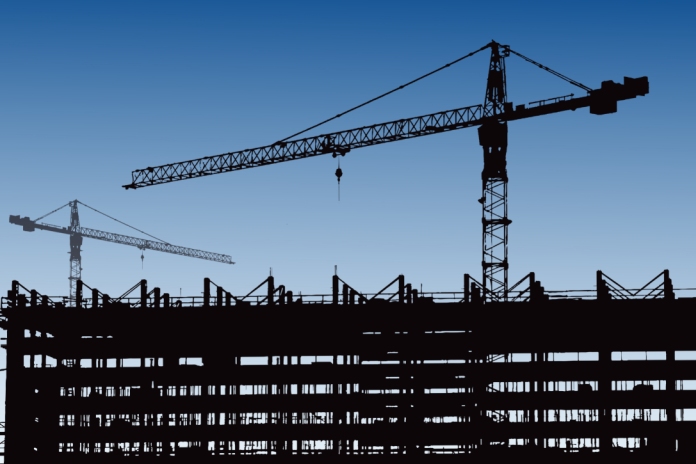
The Chartered Institute of Building (CIOB) has launched a survey to gauge members’ views on the proposed Building Safety Levy.
The Ministry of Housing, Communities & Government (MHCLG) opened a consultation on the levy in July this year.
The consultation seeks views on the design of the levy, and evidence of possible impacts on housing supply and regeneration, and the housebuilding industry.
Subject to the passage of the Bill through Parliament, the levy will apply to developments in England seeking building control approval from the Building Safety Regulator to start construction of certain buildings: the ‘Gateway 2’ stage of the new building safety regime.
The levy will sit alongside a new tax on developers in the residential property market, which is set to raise at least £2bn over a decade towards the costs of making buildings safer. A separate consultation on the design of the residential property developer tax closed on 22 July 2021.
The government has stated that it is seeking to strike a balance between raising revenue to support remediation of historical building safety defects and minimising the impact on housing supply and developers.
The CIOB is encouraging developers to consider whether they could be affected by the levy and to make a response if they are.
As a professional body, the CIOB is unable to comment on the scope of the levy but has instead pulled together some of the key questions for industry in a survey.
It said it would submit a response to MHCLG informing it of members’ views and of those who have taken the survey, should it receive enough evidence. Members can also respond individually here. But the CIOB called on members to circulate any individual formal responses they make to its policy and public affairs on [email protected].
The closing date for the CIOB’s survey is 13 October 2021.
Hew Edgar, associate director policy at CIOB, said: “The new Building Safety Levy is part of the new building safety regime to provide more stringent regulatory requirements for the design and construction of new residential buildings over 18 metres in height – or at least seven storeys tall. The levy will be payable by developers of these buildings in England during pre-construction stage at Gateway 2, although affordable housing, for example, will be excluded from the levy.
“There is still need for clarity on who pays for the levy and this is why we are encouraging CIOB members who are involved in residential development to respond, particularly if there are concerns about the impact it might have on your business.”










